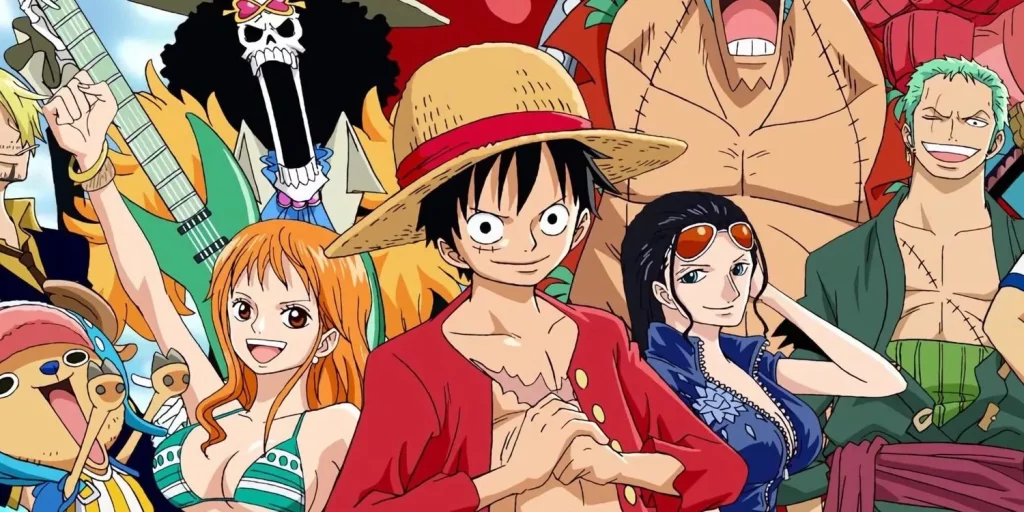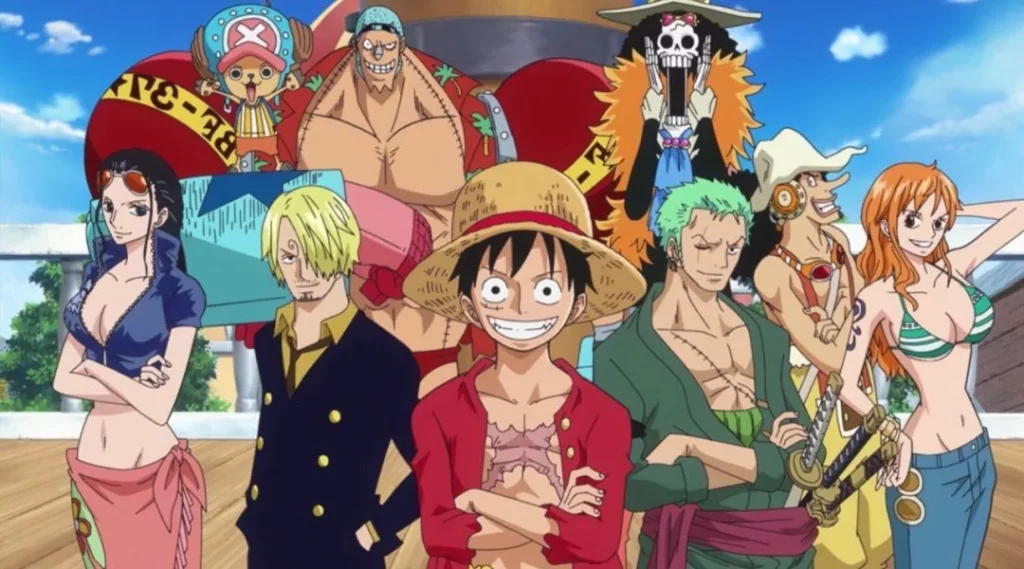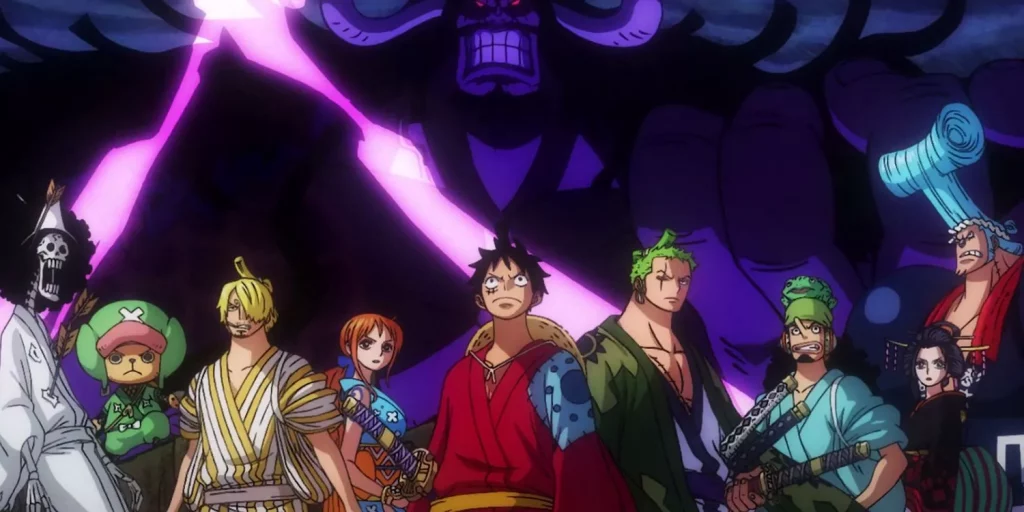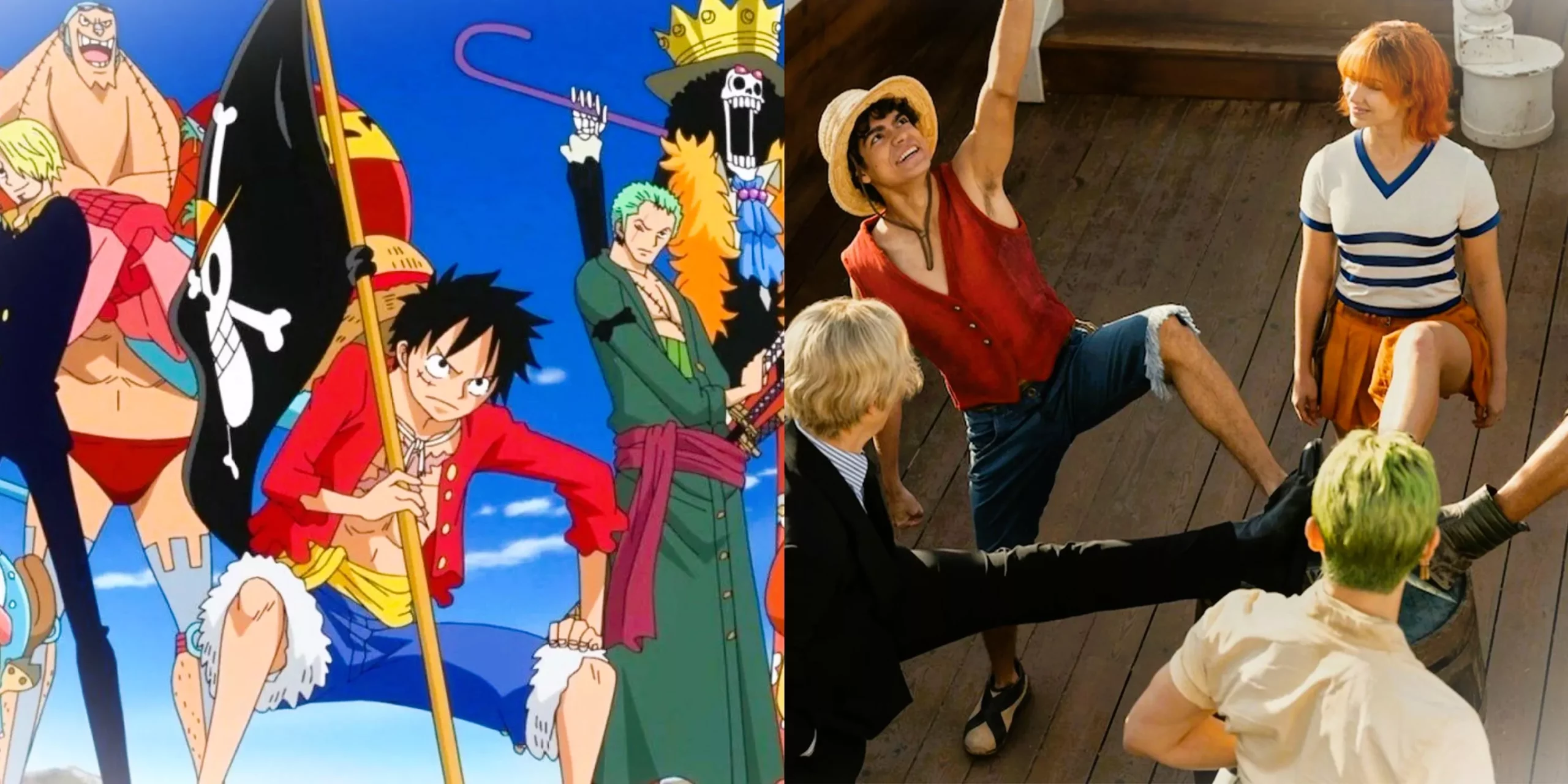Netflix’s upcoming live action adaptation of the beloved anime and manga series One Piece has generated significant buzz as one of the most highly anticipated shows of the year. The release of its trailer, accompanied by an extensive marketing campaign, has only intensified the excitement surrounding its premiere. With a considerable production budget and the involvement of Eiichiro Oda, the original creator of the manga, expectations are soaring for this series to break the long-standing curse of lackluster live action anime adaptations.
However, Hollywood’s track record in translating anime and manga to the big screen has been historically disappointing, with only a handful of exceptions. This has left many skeptics wondering if this latest endeavor will suffer a similar fate. Netflix’s previous attempts with Death Note and Cowboy Bebop failed to capture the essence of the original series, deviating too far from the main storyline. In contrast, the initial response to the One Piece trailer has been positive, providing hope that this retelling might finally honor the source material.
Nevertheless, bringing One Piece to life in a live action format is a monumental task, and the cast and crew must masterfully execute certain crucial elements to stay true to Oda’s masterpiece.
Adapting Tonal Shifts and Complex Story Arcs

One Piece stands out among the iconic shonen manga and anime for its unique blend of humor, stylization, surrealism, and adept handling of tonal shifts. The series has garnered praise for seamlessly transitioning between lighthearted comedic moments and darker, more serious story beats that tackle mature themes. It skillfully weaves together harrowing backstories, often touching on real-world issues adapted to fit the world of One Piece, with moments of juvenile humor.
While these tonal shifts work well in the stylized mediums of anime and manga, the live-action realm presents a more grounded and realistic setting that may pose challenges for adapting the over-the-top antics of many beloved One Piece characters. This is particularly true for the protagonist, Monkey D. Luffy, whose simple-minded and childlike demeanor conceals a complex worldview and strategic acumen. Additionally, the series has been lauded for its intricate world building, where fictional nations and cultures, inspired by real-world sources, are explored in unprecedented depth. Replicating the level of detail showcased in the major settings and islands of the series may prove difficult, if not impossible, in a live-action format.
While the initial stages of the story possess an episodic structure, particularly during the introduction of the core members of the Straw Hat Pirates, this narrative approach gradually gives way to a more cyclical form in each arc. The progression of each story arc, starting from the crew’s entry into the Grand Line with the Alabasta Saga, is deliberate and measured. It involves introducing new characters, delving into their motivations, and deftly managing the complex socio-political dynamics at play within each scenario the main cast encounters. This narrative pattern can be observed as early as the Baratie and Syrup Village Arcs, and it is imperative for Netflix’s adaptation to capture the same essence and faithfully portray the story’s evolution.
Translating the Unique Character Designs

One of the significant challenges in adapting One Piece to live action lies in bringing the more outlandish and ridiculous character designs to life. Eiichiro Oda’s characters exhibit a deliberate disregard for conventional proportions and appearances, often defying the limits of human physicality. Major characters, like Crocodile, Axe Hand Morgan, Don Krieg, Arlong, and even the Pirate King Gol D. Roger, tower over the rest of the cast, exceeding heights of nine or ten feet. This trend becomes even more exaggerated in the New World arc.
While anime can easily adjust perspectives to accommodate these exaggerated proportions, a live action production faces the task of reconciling these designs with more realistic characters like Luffy. Achieving a seamless integration requires careful camera angles and well-executed CGI to make interactions between such characters appear believable.
Furthermore, the series features characters who are not entirely human, such as Tony Tony Chopper and the Fishmen from the Arlong Pirates. Balancing the CGI for their designs presents a challenge, as it needs to align with the series’ tone while also appearing convincing in live action. Similar considerations apply to characters like Buggy the Clown, whose extravagant makeup and cartoonish Devil Fruit powers pose difficulties in their adaptation. Luffy’s rubber powers, another iconic aspect of the series, require precise rendering to portray the elasticity of his limbs on screen, despite their inherent outlandishness. The brief glimpse of the Gomu Gomu no Pistol in the trailer may not have fully captured the potential of this aspect.
Successfully bringing these unique character designs to life in a live action adaptation will play a crucial role in capturing the essence of One Piece.
The Daunting Task of Adapting One Piece’s Length

One of the most prominent concerns in any adaptation of One Piece is its sheer length. With a publication spanning 26 years and over 1000 chapters in Shueisha’s Weekly Shonen Jump, the world of One Piece is vast and expansive. While the arcs in the East Blue Saga are relatively shorter compared to later sagas, such as the extensive Wano Country Arc, which encompassed well over 100 chapters, condensing this content into a limited number of episodes poses significant challenges for pacing and narrative structure.
The first season of the show is expected to consist of eight episodes, each approximately an hour in length. Adapting the complete East Blue Saga, which comprises 61 episodes or 100 chapters, within this limited timeframe while preserving depth and the gradual buildup that captures the essence of the series will be a formidable task. Although the first season primarily focuses on the East Blue Saga, which is still in the early stages of the story, it is worth noting that the manga introduces important plot points that are revisited in later arcs. How the production team and writers handle these elements will be intriguing to see.
In summary, Netflix’s adaptation of One Piece faces numerous challenges in its quest to break the curse of lackluster live-action anime adaptations. While there is promise in what Netflix has revealed of their interpretation of Eiichiro Oda’s vibrant and eccentric world, only time will tell if it can truly become the definitive live-action version that fans have long awaited.
